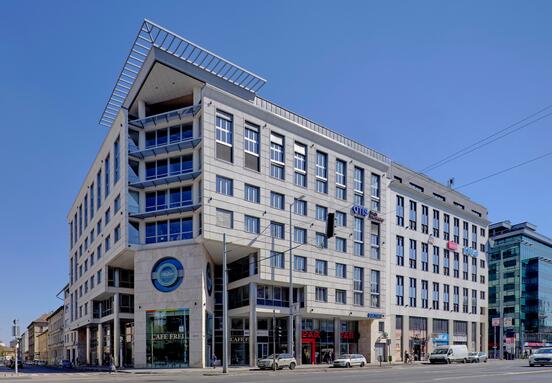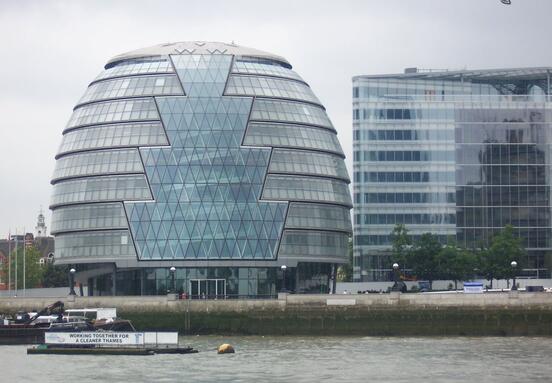“Chinese purchasers account for 30% of the luxury spend worldwide and 70% of these purchases take place overseas, showing that the downward shift in their economy has prompted Asian consumers to rethink their purchasing habits. The advent of the new 'anti-extravagance legislation' in China and their consumers‘ growing awareness of price differentials of up to 70% has led to many preferring to make their purchases overseas, where the prices are far more attractive", Andrew Phipps, Head of Research and Consulting, EMEA, CBRE, said:
This shift in Chinese shopping habits is in turn providing opportunities for luxury brands to grow their presence across Europe and America, as they become the main hubs for luxury expansion over the next five years.
We will continue to see Europe and the US as key territories for luxury brands looking to expand. Many wealthy consumers from Asia and Africa want to make their luxury purchases in traditional luxury cities. They value the authenticity or added cachet that purchasing in Milan or New York offers."
In 2015, the top European target markets for luxury brand expansion was Germany with 46% of luxury brands establishing a new, or increasing their current, presence in the country. France and the United Kingdom were close behind with expansion 38% and 31% respectively.
Andrew Phipps continues: “Germany, France and the United Kingdom remain critical for global luxury brands. The challenge is to find the optimum location in areas that are in extremely high demand."
Economically, the growth in personal affluence across the world has increased the need for global access to luxury products. With more people able to buy luxury goods, and luxury consumers willing to shop around (including travelling abroad) for the best deals and experience”, retailers have two key points of focus:
1. The shopping experience
Retailers are realising that they need to be more capable of adapting to the needs of overseas customers venturing to Europe and elsewhere. In 2014, Nigerian visitors to the UK increased their retail spend by over 50%. They are now the 5th biggest spenders in London, purchasing on average four times as much as the UK shopper. It is no longer enough to have Mandarin-speaking staff, those with a grasp of Yoruba are also in high demand.
It is also not just about making specific purchases, consumers want to engage with the authentic brand experience that make them feel more valued.
2. Growth into new markets
As wealth gets spread more evenly across the world, Africa and India are surely the next to follow in China’s footsteps as major sources of luxury spending power.
The embryonic African and Indian luxury markets are of interest thanks largely to the rise of disposable incomes and broadening younger consumer base willing to spend more on luxury goods. Key cities within both countries will continue to remain on the radar of prominent luxury retailers planning an expansion or entry into the country, however some impediments to growth, such as stock quality and high import duties will still remain.
Meanwhile in CEE & Hungary
“Luxury retail is fuelled by high-end tourism. Prague has seen increases of over 50% in the luxury segment over the past few years which can by tied to the increase in the number of tourists coming from China, the Arab countries and Africa facilitated by very strong marketing campaigns targeting this segment and increased direct flights into the renovated and enlarged Prague airport.” – commented Anita Csörgő, Head of Retail at CBRE Hungary, the added: “The completion of 7 new Five Star hotels in Budapest over the next 2 years is expected to provide a boost to the luxury retail segment. On Andrássy út, several luxury and aspirational brands including Michael Kors, Polo Ralph Lauren, COS, O’Bag and Michal Nergin have opened to fill the void created by the closing of luxury multi-brand department store Il Bacio di Stile, with more to follow in 2016.”
CBRE








